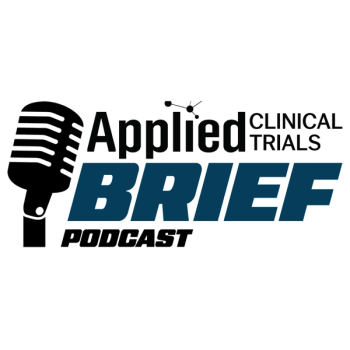Topline Findings
- Primary Endpoint Not Met: Barzolvolimab did not improve eosinophilic esophagitis (EoE) symptoms, endoscopic scores, or eosinophil infiltration despite robust mast cell depletion.
- Mast Cell Depletion Confirmed: The treatment achieved a mean reduction of 36 intraepithelial mast cells per high-power field at week 12 versus 2.7 in placebo (p<0.0001), validating its mechanism of action.
- Favorable Safety Profile: Barzolvolimab was well tolerated throughout the 44-week trial, with no new safety signals identified.
Results from the Phase II EvolvE trial (NCT05774184) showed that Celldex Therapeutics’ barzolvolimab failed to meet its primary endpoint in patients with eosinophilic esophagitis (EoE).
While the treatment achieved statistically significant and profound reductions in intraepithelial mast cells, confirming its intended mechanism of action, these biological effects did not translate into clinical improvement. Patients receiving barzolvolimab showed no meaningful changes in EoE symptoms, endoscopic scores, or eosinophil infiltration compared with placebo.1
“As we explore barzolvolimab’s full potential as a mast cell depleting agent, we are ultimately defining which diseases are mast cell driven,” said Anthony Marucci, president, CEO, Celldex Therapeutics, in a press release. “While we are disappointed in the clinical outcome in EoE, we are proud of our role in advancing the science for patients who need more effective treatment options.”
Phase II Trial Design and Key Findings
- The randomized, double-blind, placebo-controlled EvolvE trial evaluated the safety and efficacy of barzolvolimab in 65 patients with EoE.
- Patients were randomly assigned in a 1:1 ratio to receive either 300 mg of subcutaneous (SC) barzolvolimab every four weeks through week 24 or placebo every four weeks through week 16, then 300 mg SC of barzolvolimab every four weeks until week 24.
- The primary endpoint of the trial was absolute change from baseline to week 12 in peak intraepithelial mast cell (PMC) count.
- Key secondary endpoints included but were not limited to absolute changes from baseline to week 12 in Dysphagia Symptom Questionnaire, absolute change from baseline to week 12 in PMC count among patients with baseline PMC, and the incidence of treatment-emergent adverse events.2
- Results showed that patients treated with barzolvolimab demonstrated a mean decrease of 36 mast cells per high-power field compared with a 2.7 reduction in the placebo group (p<0.0001).
- Similar results were observed with tryptase staining, with reductions deepening through week 28.
- Safety outcomes remained consistent with previous studies, with no new safety signals identified over the 44-week treatment period.1
EoE Prevalence and Disease Context
- According to the National Organization for Rare Disorders (NORD), a recently published epidemiologic study found that the prevalence of EoE in the United States was 142.5 out of every 100,000 people.
- Additionally, there are an estimated 472,380 total people living with EoE in the United States.
- Notably, NORD reported the overall prevalence has increased since 2023.
- Although previously classified as a rare disease in the United States, recent increases in prevalence mean it no longer meets this definition.3
Next Steps for Barzolvolimab
Celldex announced that it would not be moving forward with developing barzolvolimab for patients with EoE.1
“We remain focused on advancing the deep pipeline for barzolvolimab, with enrollment ongoing across four studies, including two Phase III studies in chronic spontaneous urticaria and Phase II studies in atopic dermatitis and prurigo nodularis, while we also finalize plans to initiate a Phase III program in inducible urticaria that will include both cold urticaria and symptomatic dermographism,” continued Marucci, in the press release. “We are deeply committed to driving innovation in mast cell science and delivering life-changing therapies for patients and look forward to advancing barzolvolimab and our growing pipeline of KIT- and SCF-targeting candidates into additional indications in the future.”
References
- Celldex Reports Results from Phase 2 Study of Barzolvolimab in Eosinophilic Esophagitis (EoE). Celldex. August 19, 2025. Accessed August 21, 2025. https://ir.celldex.com/news-releases/news-release-details/celldex-reports-results-phase-2-study-barzolvolimab-eosinophilic
- A Study of CDX-0159 in Patients With Eosinophilic Esophagitis (EvolvE). Clinicaltrials.gov. Accessed August 21, 2025. https://www.clinicaltrials.gov/study/NCT05774184?intr=barzolvolimab&rank=2
- Eosinophilic Esophagitis. NORD. Accessed August 21, 2025. https://rarediseases.org/rare-diseases/eosinophilic-esophagitis/#affected





